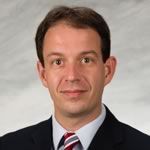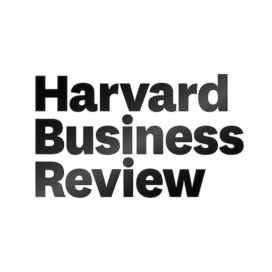Advisers Using ‘Active Share’ Hear From Critics
Published: May 7, 2015 / Author: Daisy Maxey

From The Wall Street Journal
As a way to evaluate managers and gauge potential fund performance, more financial advisers want to know how much actively managed mutual fund portfolios differ from their benchmarks.
But a debate is intensifying over whether advisers and others in the industry are placing too much faith in the measurement, known as “active share,” to gauge if active fund managers are really living up to their name.
With the advisory business growing more competitive, more advisers are using active share as a way to show clients they are adding value when selecting funds, says Tricia Rothschild, head of global adviser solutions at Morningstar Inc., which offers the measurement in its MorningstarDirect premium research tool.
Some fund companies are embracing the measure to promote their actively managed funds, says Russel Kinnel, director of manager research at Morningstar.
Some fund providers, financial advisers and industry analysts, however, say active share isn’t a predictor of fund performance, but is sometimes misused as one. They fear advisers could use it to rule out funds that could be useful in client portfolios or that it could lead them to buy funds that may be too risky.
“It’s a useful measure, but people are leaning way too heavily on it,” says Mr. Kinnel.
Active share was first popularized in a 2009 paper by Martijn Cremers and Antti Petajisto, then colleagues at the Yale School of Management. The idea, says Mr. Cremers, now a professor of finance at Notre Dame, was to help investors identify active managers who were really “closet indexers,” hewing closely to a passive benchmark.
Mr. Cremers and Mr. Petajisto, now a portfolio manager at BlackRock Inc., computed active share for 2,647 U.S. equity mutual funds from 1980 to 2003. They found that those with the highest active share—about 80% and higher—outperformed their benchmarks by 1.13% to 1.15% each year after fees and transaction costs.
Those with the lowest active share—about 60% and lower—generally underperformed their benchmarks by 1.42% to 1.83% a year after expenses.
The measure is a “quick-and-dirty tool” to give an investor a sense of what they’re buying. But it must be interpreted cautiously, says Mr. Cremers. Today, a high active share for funds would be about 90% or higher, while a low active share would still be around 60% or less, he says.
Related Stories




